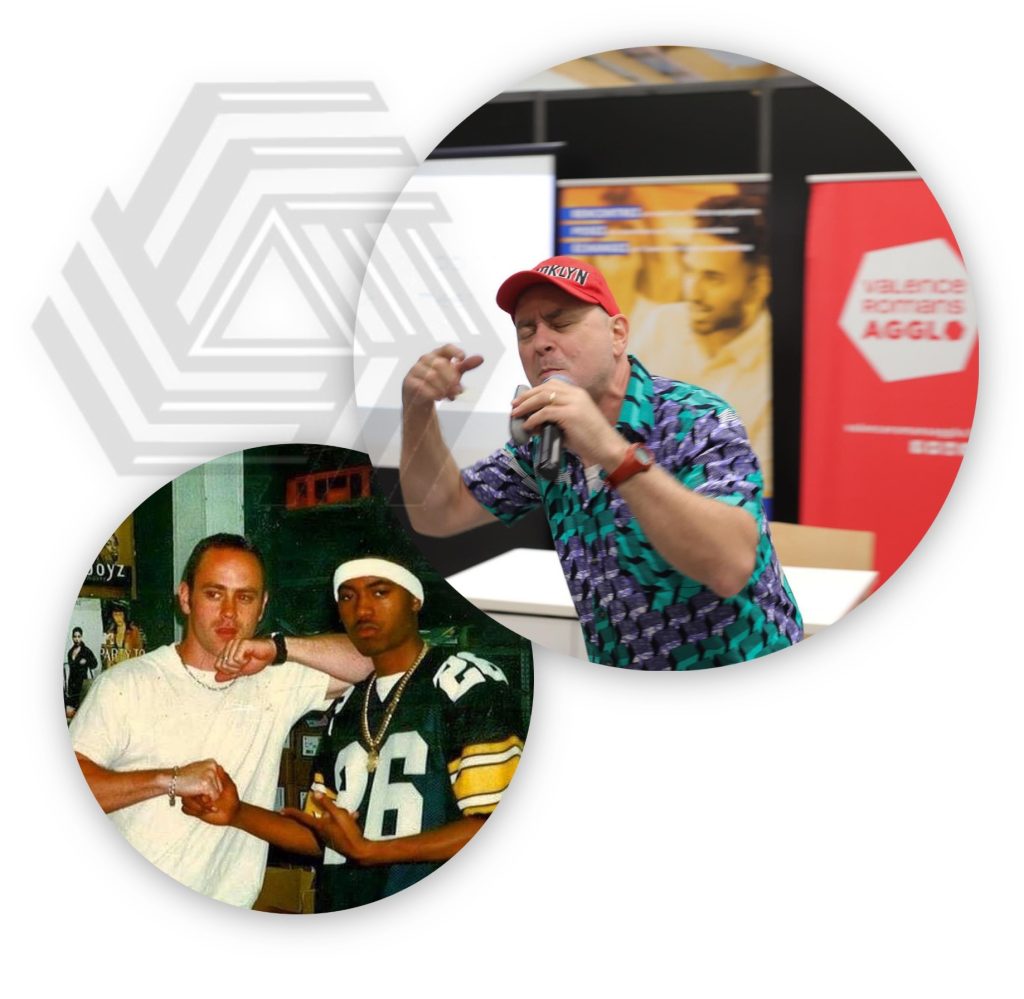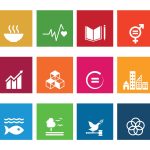Join us Live March 23rd at 12pm New York Time with Fluency MC for a webinar on how to teach and learn English with rap music, and the basics of freestyle rapping for education.
Here are some ways in which rap can be used as a powerful tool to educate:
- Rapping about social issues: Many rap artists use their music to raise awareness about social issues such as poverty, racism, and by rapping about these topics, they can educate their listeners about the challenges faced by communities.
- Incorporating historical references: Rap music often references historical events and figures. By incorporating these references into their music, rappers can help educate their listeners about important moments in history.
- Using rap to teach language skills: Because rap music is heavily reliant on rhyme and rhythm, it can be a useful tool for teaching language skills. Teachers can use rap music to teach vocabulary, grammar, and pronunciation.
- Making academic subjects more engaging: Rapping about academic subjects like math, science, and history can make these topics more engaging and accessible to students. Teachers can use rap music to help students remember important concepts and information.
- Encouraging critical thinking: Many rap songs contain complex and thought-provoking lyrics that encourage critical thinking. By analyzing rap lyrics, students can learn how to think critically about important issues.
Overall, rap music can be an effective tool for educating people on a variety of topics. By using rap to engage listeners and make learning more fun and accessible, educators and artists can help create a more informed and educated society.
What is Freestyle Rapping?
Freestyle rapping is a form of improvisation in which a rapper creates rhymes and lyrics on the spot, without any pre-written material. Here are some tips on how to freestyle rap:
- Start with a simple beat: Find a simple instrumental beat to rap over. You can find free beats online or create your own using a beat-making software or app.
- Practice rhyming: Freestyle rapping is all about rhyming. Practice rhyming words and phrases in your head or out loud, and try to come up with creative and unexpected rhymes.
- Listen to other rappers: Study the flow and style of other rappers and try to incorporate some of their techniques into your own rapping.
- Use your environment: Look around you and use your surroundings as inspiration for your lyrics. You can also use current events or personal experiences as the basis for your rapping.
- Don’t worry about making mistakes: Freestyle rapping is all about being in the moment and not worrying about making mistakes. Just go with the flow and let your creativity guide you.
- Practice, practice, practice: The more you practice, the better you’ll get at freestyle rapping. Try rapping every day, even if it’s just for a few minutes, and you’ll start to see improvement over time.
Remember, freestyle rapping is all about having fun and expressing yourself creatively. Don’t be too hard on yourself if it doesn’t come easily at first. Keep practicing and enjoy the process!
Origins of Rap Music:
Rap music originated in the Bronx, New York City, in the 1970s, and diverged out the hip-hop culture that was developing at the time which included breakdancing, DJing, and graffiti art.
The first rap songs were created by DJs who would loop drum breaks from funk, soul, and disco records and then have MCs (masters of ceremonies) rap over them. MCs would also use their voices to create rhythmic patterns and lyrical rhymes, often using call-and-response techniques to engage the crowd.
The first recorded rap song was “Rapper’s Delight” by the Sugarhill Gang, released in 1979. This song was a huge commercial success and helped to popularize rap music beyond the New York City underground scene.
Throughout the 1980s, rap music continued to grow in popularity, with artists like Grandmaster Flash and the Furious Five, Run-DMC, and LL Cool J becoming household names. The music became more diverse, with artists experimenting with different styles and incorporating new sounds and influences.
In the 1990s, rap music became even more mainstream, with artists like Tupac Shakur, Notorious B.I.G., and Jay-Z achieving huge commercial success. Today, rap music is one of the most popular genres in the world, with artists from all over the globe creating their own unique styles and pushing the boundaries of what rap music can be.



